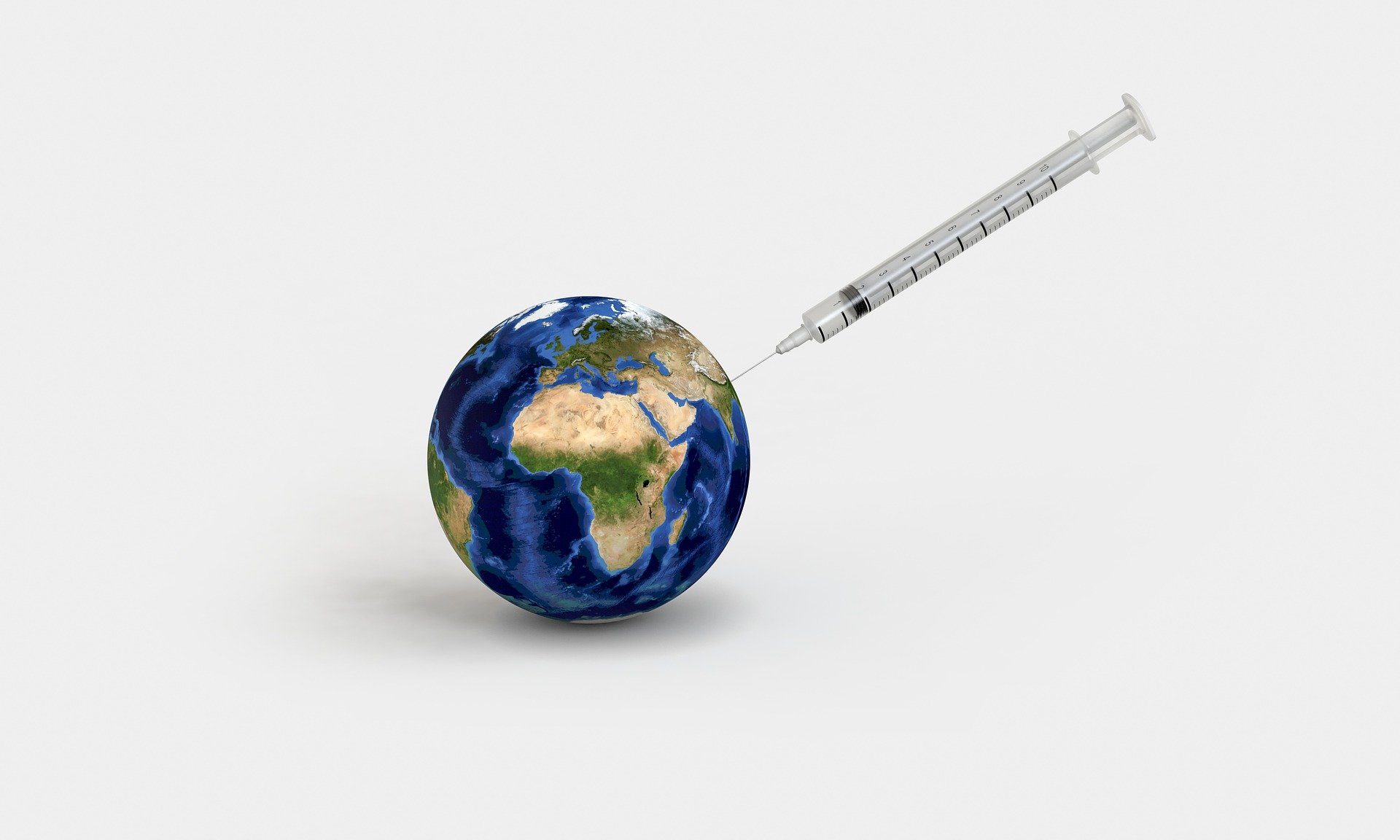What is a Patent?
A patent represents a powerful intellectual property right, and is an exclusive monopoly granted by a statute to an inventor for a limited pre-specified period of time subject to the fair and complete disclosure of the invention. It provides an enforceable legal right which prevents others from copying, making, selling or offering for sale the patented invention. Broadly, there are two types of patents, product patents and process patents.
Significance of Pharmaceutical Patents
Within the pharmaceutical industry patents contribute to roughly 80% of the overall revenue generated and obtaining patent protection is important to safeguard the innovative approaches used by pharmaceutical companies. Patents reward innovation by prohibiting the competitors launching a rival product.
Developing medicines and vaccines is a very expensive process and most experimental drugs fail at some point during the laboratory, animal or human testing stage. Drug patents become even more important as they help recoup the huge investments that are incurred during the research and development stage by providing a protected period of sales without any competition.
Covid-19 Pandemic and Development of Vaccines
Following the outbreak of the pandemic in 2020, intensive and continuous efforts have been made by many pharmaceutical companies across the globe to develop vaccines that mitigate the effect of Covid-19 viral strains. Some of the vaccines that have received emergency approval and are catering to major populations across the world are those of Pfizer, AstraZeneca, Moderna and Johnson & Johnson. Of course, these companies have filed patents for their respective vaccine formulations, which will act to prevent any other pharmaceutical company from manufacturing a vaccine with a similar formulation.
Other companies may have the option to license the patented technology but this would mean a significant investment, especially for developing nations. Therefore, at present, only a few drug companies own authorisations to manufacture Covid-19 vaccines. It should be noted that patent applications are not published until 18 months after their earliest filing date, so no applications for the Covid-19 vaccines have been published yet and no patent has yet been granted.
Challenges owing to Vaccine Patents
By virtue of the entitlement of only few pharmaceutical companies to manufacture Covid-19 vaccines and their associated limited production capacities, there is a huge gap in the demand and supply of the vaccines amidst populations. This leads to prolonged wait times as well as inequitable distribution between wealthier nations and developing nations.
For example, the United States has reportedly ordered tens of millions of doses of the AstraZeneca vaccine in addition to the estimated 600 million doses of Pfizer and Moderna expected to be delivered by the end of July 2021. Combined with the 20 million doses Johnson & Johnson is also expected to deliver this month, the United States may have an excess of over 80 million doses. Many countries are similarly ordering excess amounts of vaccine, as delivery schedules have been unreliable, and this is contributing to the inequitable distribution.
Developing nations, accounting for 80% of the world’s population, have had access to less than one-third of the available vaccines. One probable reason for this imbalance is that wealthier nations have been able to place substantial advance orders with the relatively small group of companies that are making vaccines, most of which are based in these same countries.
Unless manufacturing and supply are distributed more evenly, researchers forecast that it could be at least another two years before a significant proportion of people in the lowest-income countries are vaccinated. Waiving of patent rights appears to be a promising approach to bridge this gap although there are significant counter arguments and apprehensions.
Waiver of Vaccine Patents: Concerns & Benefits
Waiving of a patent right means the patent is no longer be enforceable and no longer prevents competitors or third parties from making, copying, selling or offering for sale the protected product or process. Considering the omni-presence of the Covid-19 virus around the globe, a waiver of patent rights in respect of the available vaccines seems like a light at the end of tunnel.
The pharmaceutical companies who possess the patents object to the idea for economic reasons and also because they believe that vaccine production is a meticulous job and not all companies can provide the correct infrastructure and raw materials to deliver vaccines to the required standards. Other objections from other parties include the fear that waiving of patents will ultimately lead to the stifling of innovation.
In October 2020 in consideration of the larger public health interest, around 100 countries, led by India and South Africa, asked fellow World Trade Organisation members to agree to a time-limited waiver of Covid-19 vaccine related patent right. This has been proposed or requested with a view to the vaccine suppliers sharing their knowledge to enable more companies and countries to start producing vaccines for their own populations as well as for the lowest income nations.
After initial resistance to the proposal, it now appears that many of the developed nations, including most of the EU countries and the U.S., are inching closer to lifting patent protection for Covid-19 vaccines. Discussions in this regard are likely to take place in early June 2021 during the WTO’s TRIPS council meeting. Other suggested solutions include voluntary licensing alongside knowledge- and technology-sharing as well as ramping up production facilities in developing nations.
If and when an agreement is reached, the WTO’s Ministerial Council will also have to sign off. Since WTO decisions are based on consensus, all 164 members need to agree on every single aspect of the negotiated waivers and conditions attached.
Meanwhile, both the pharma giants and the developing nations are keeping a close eye on any developments in this field.


